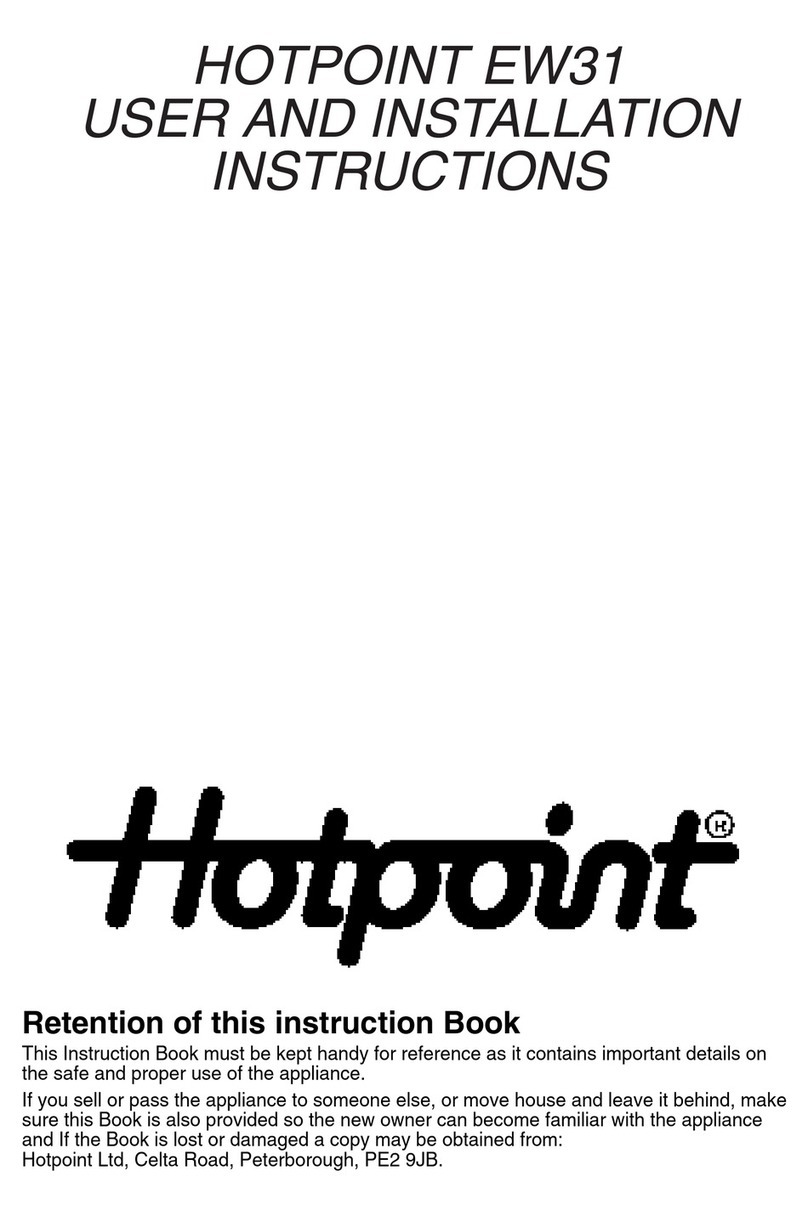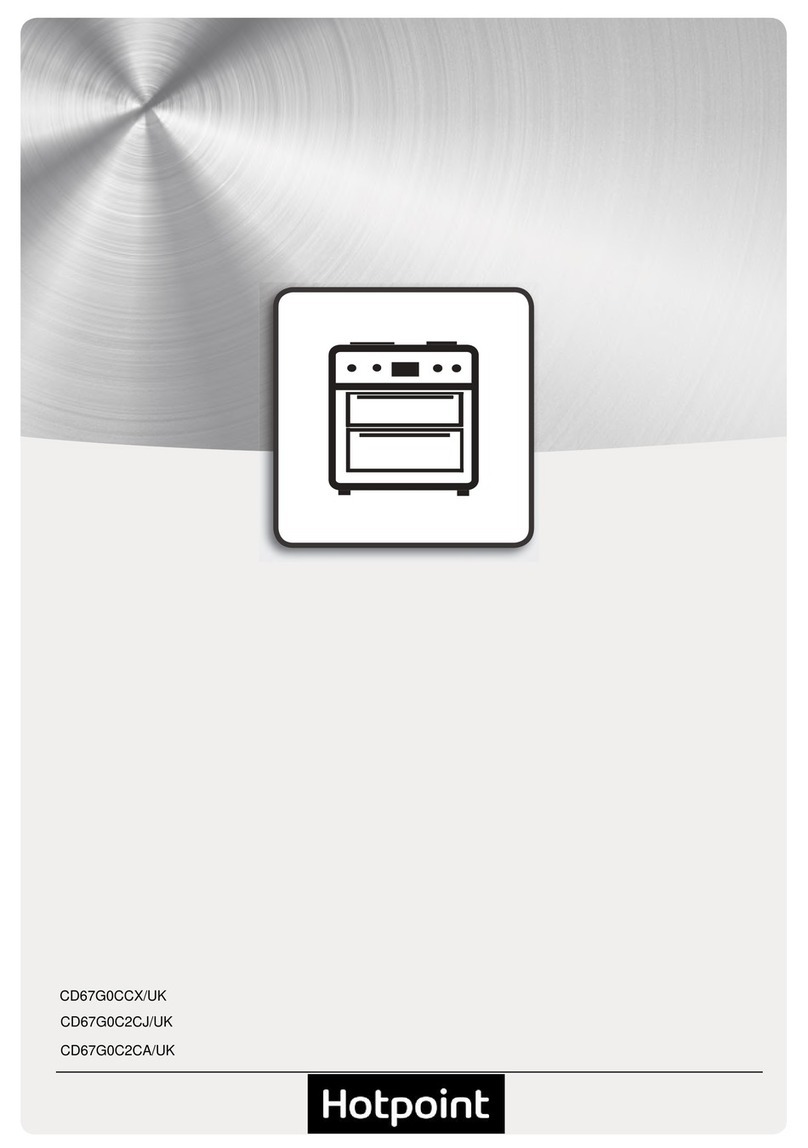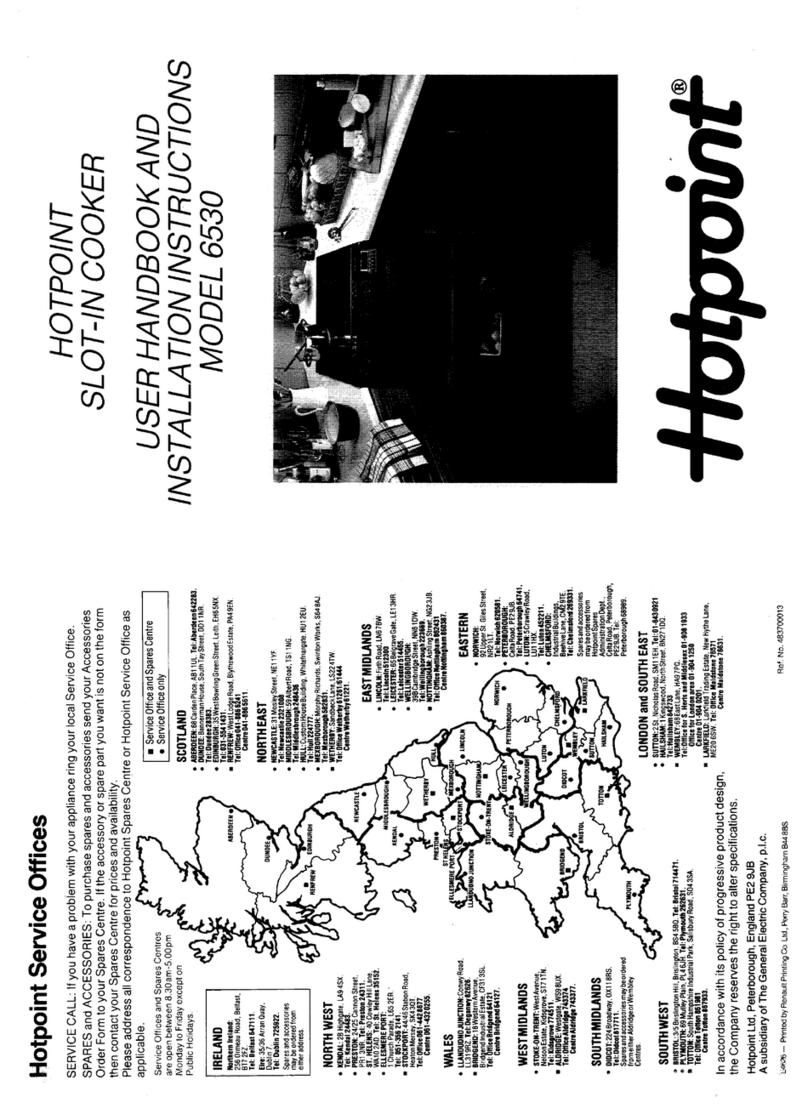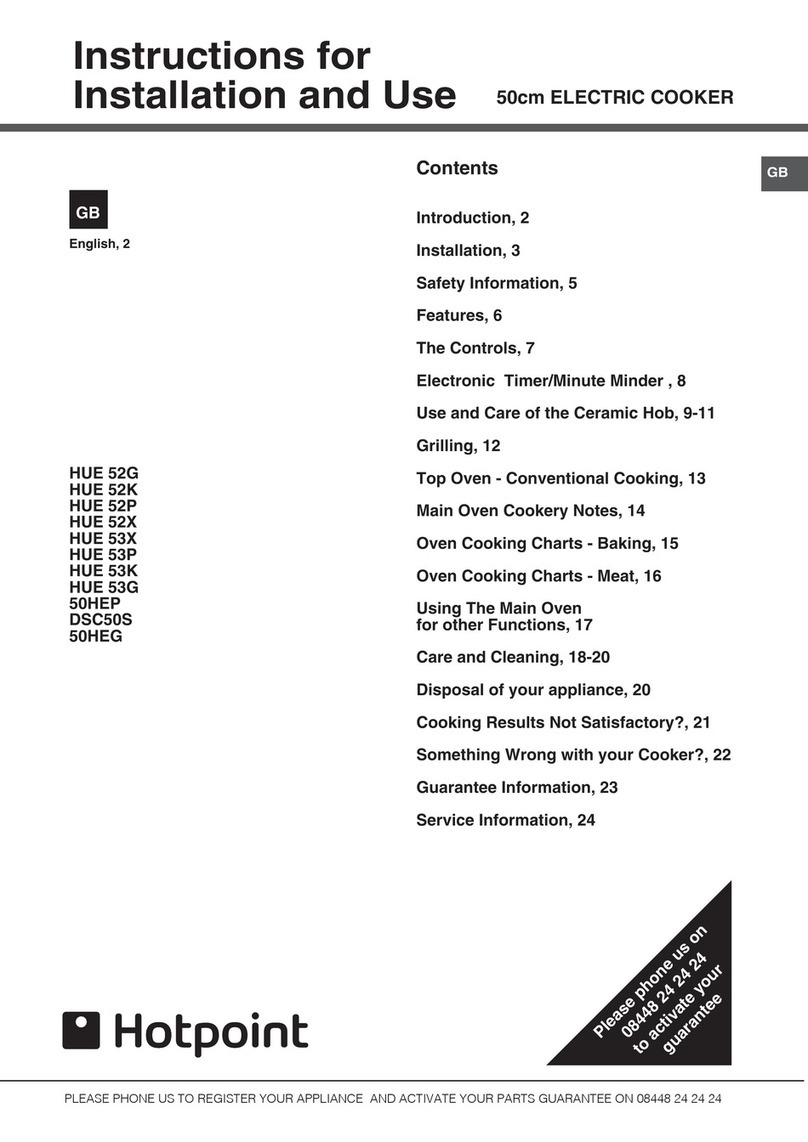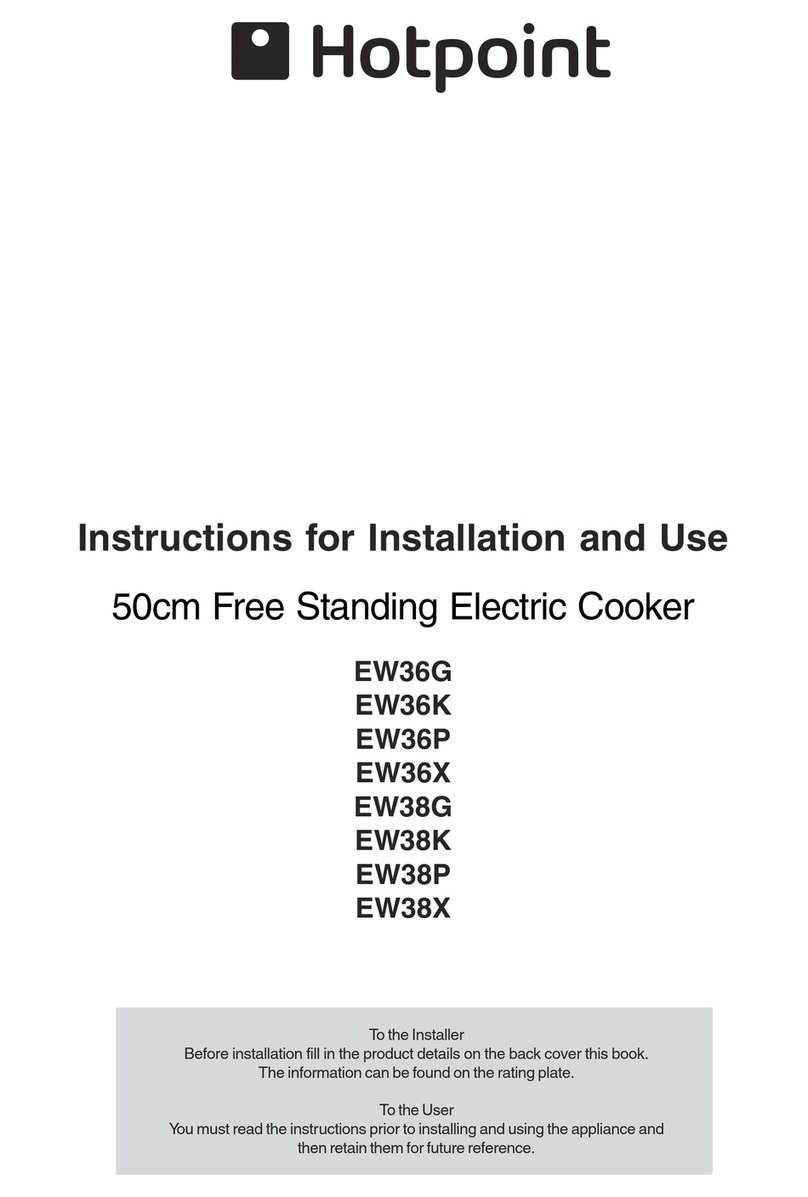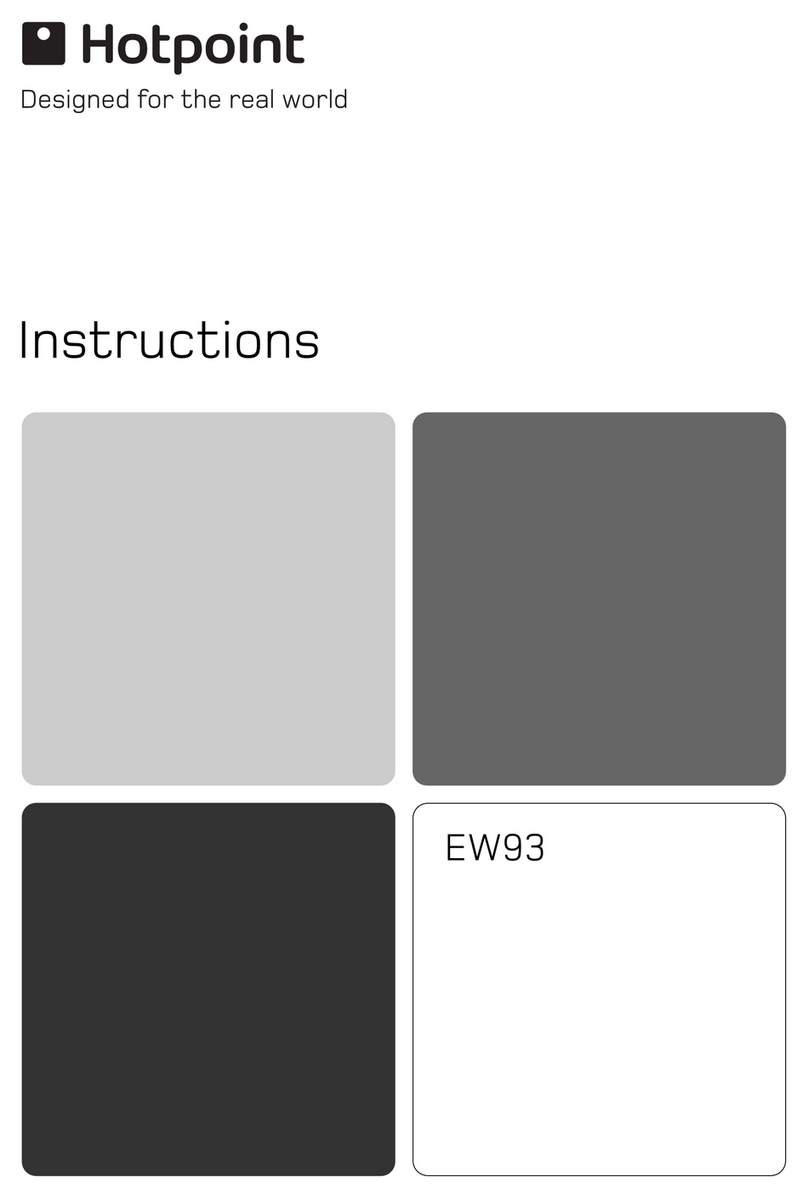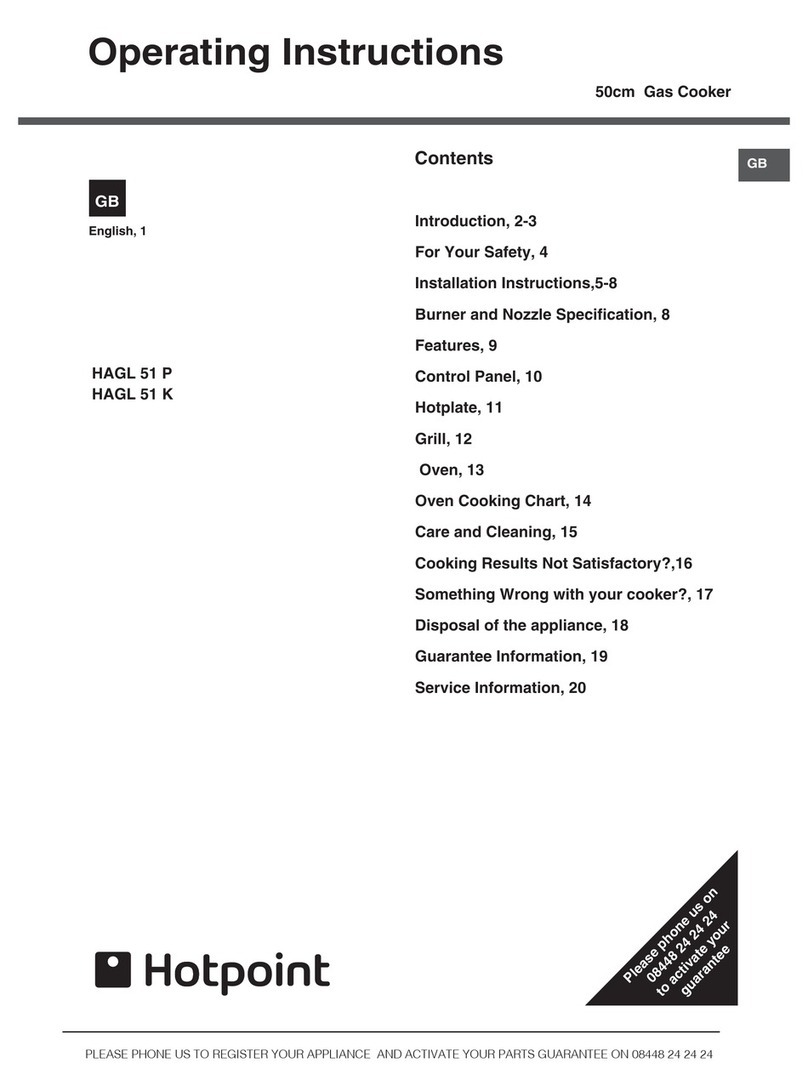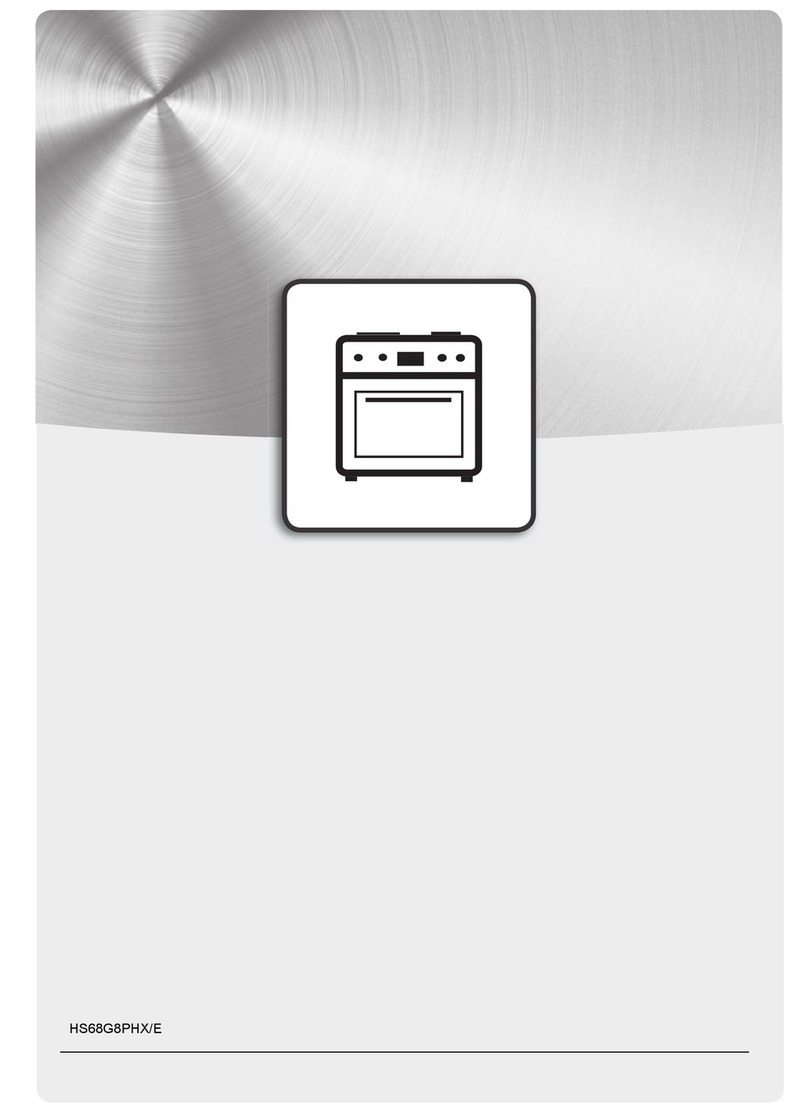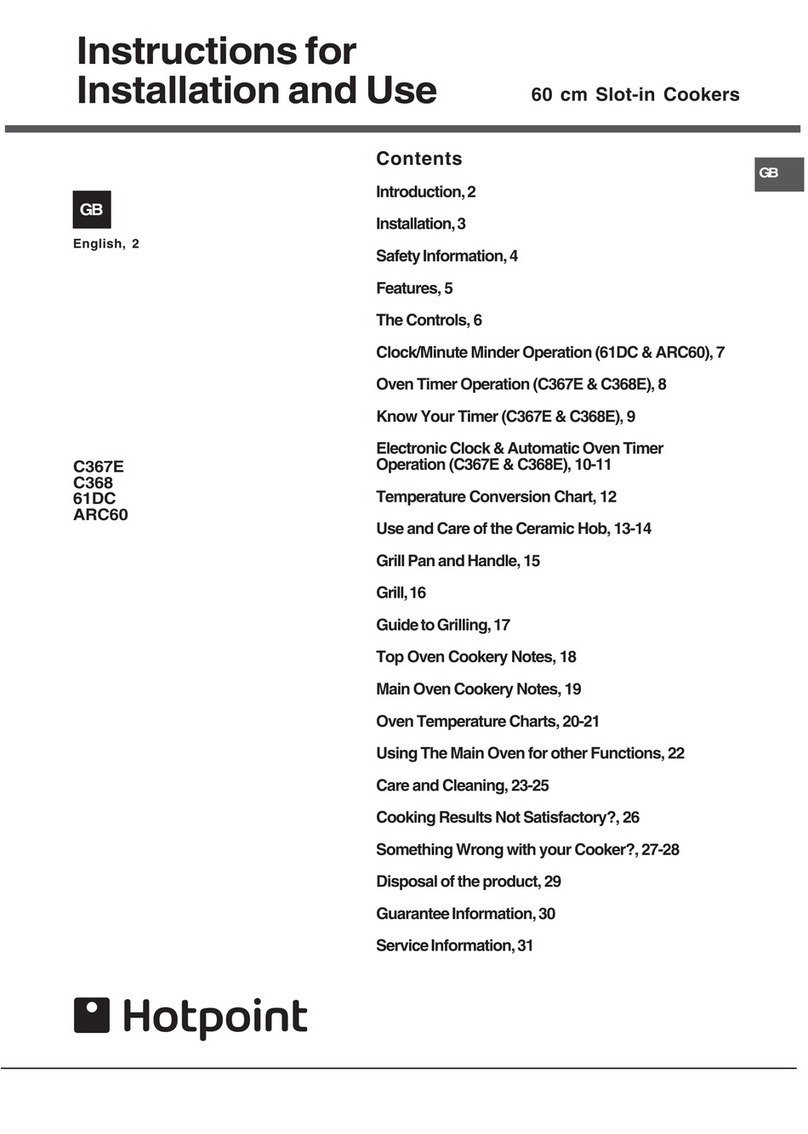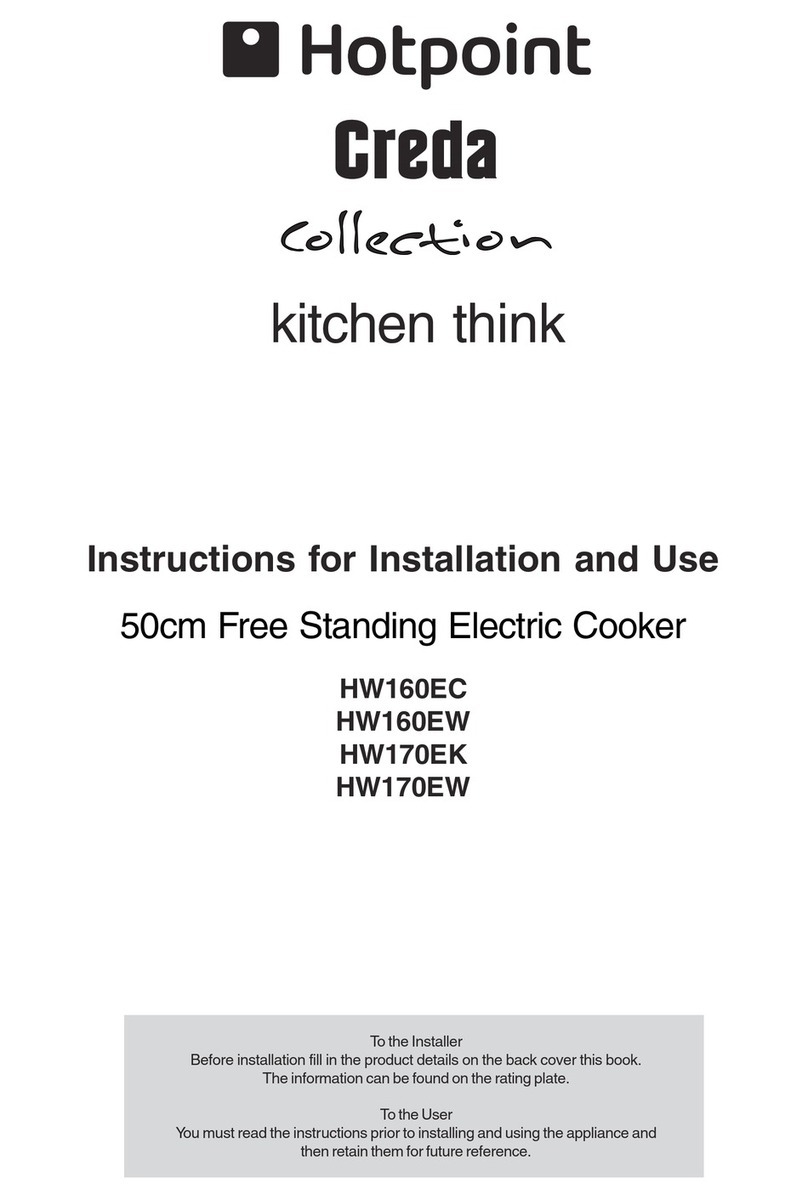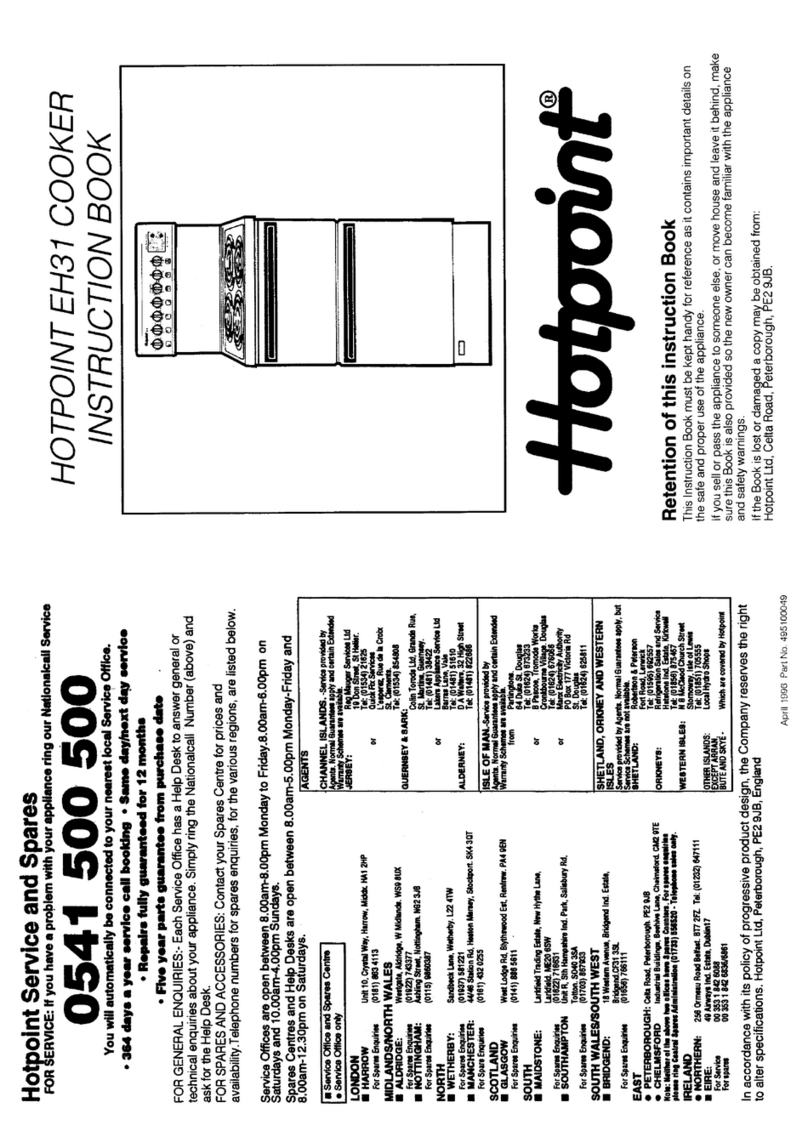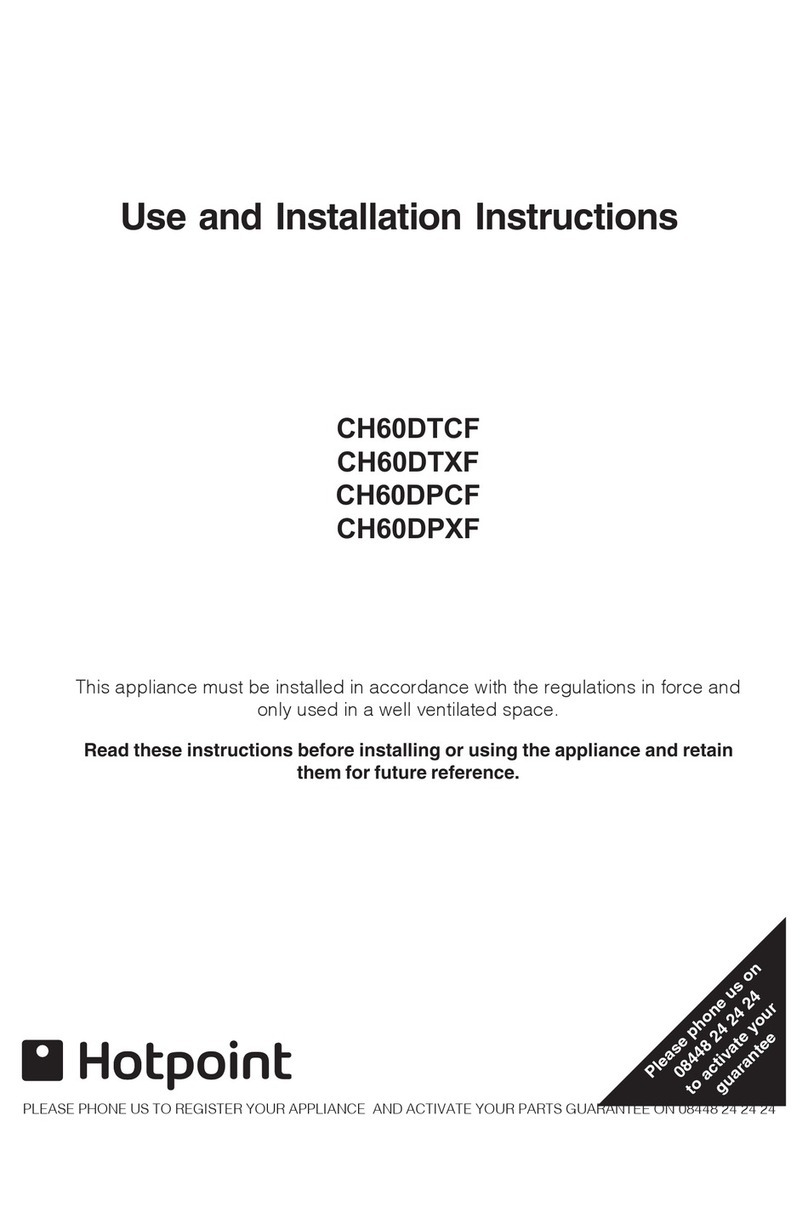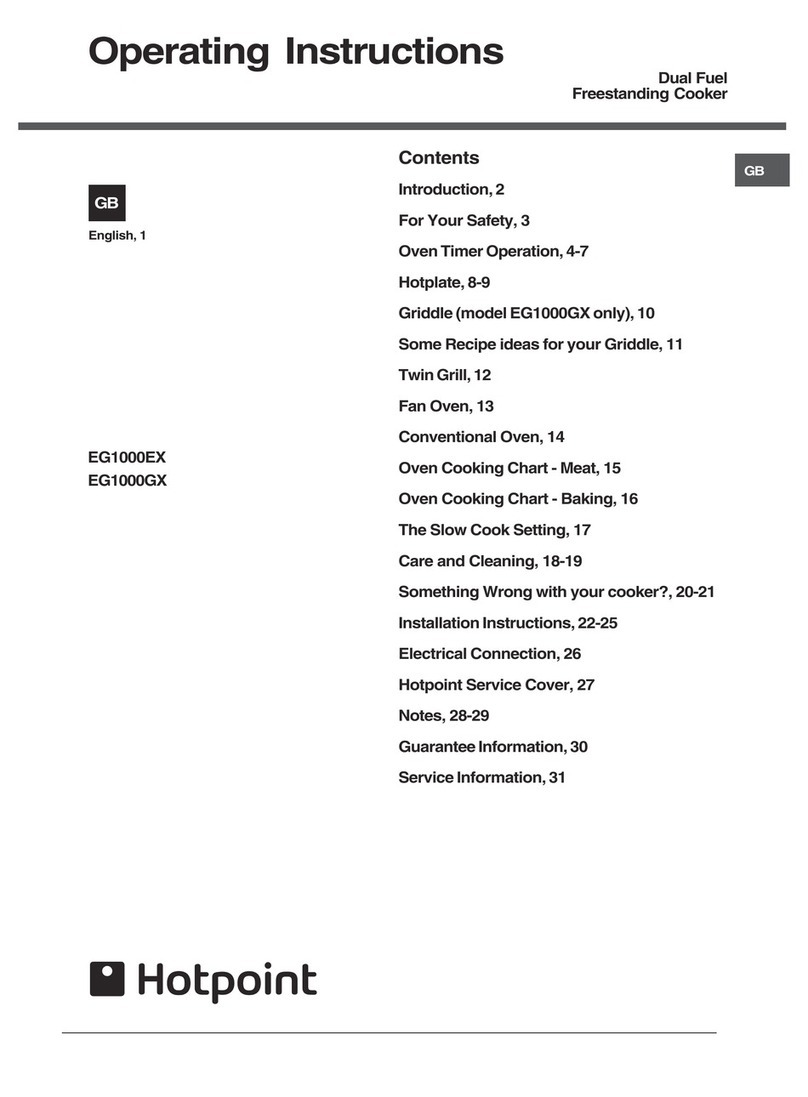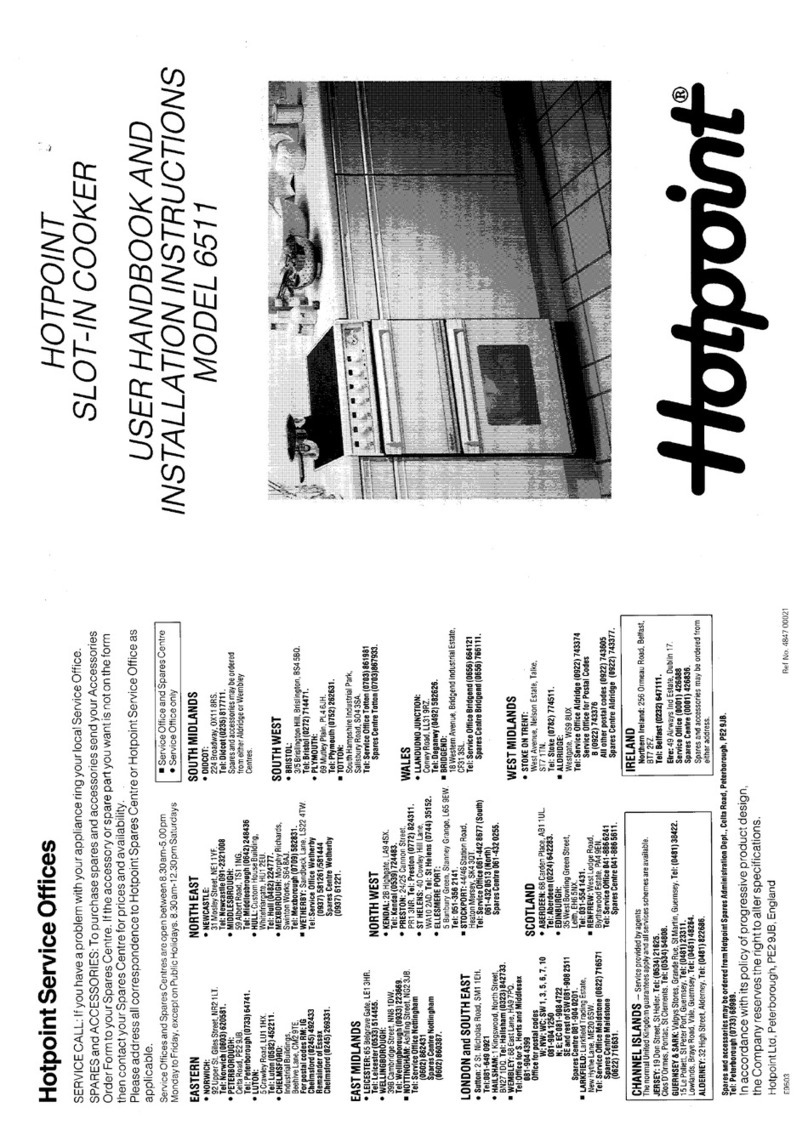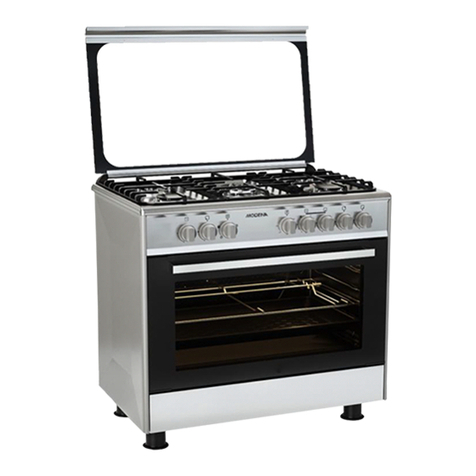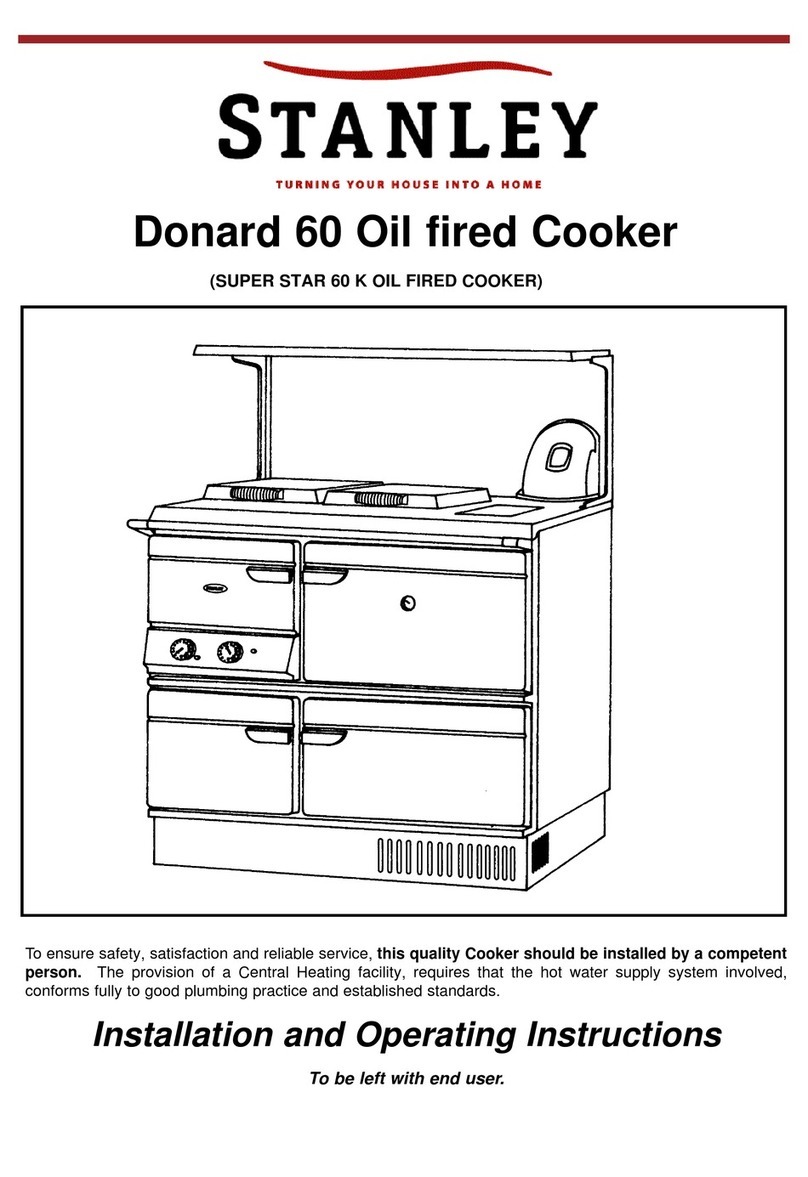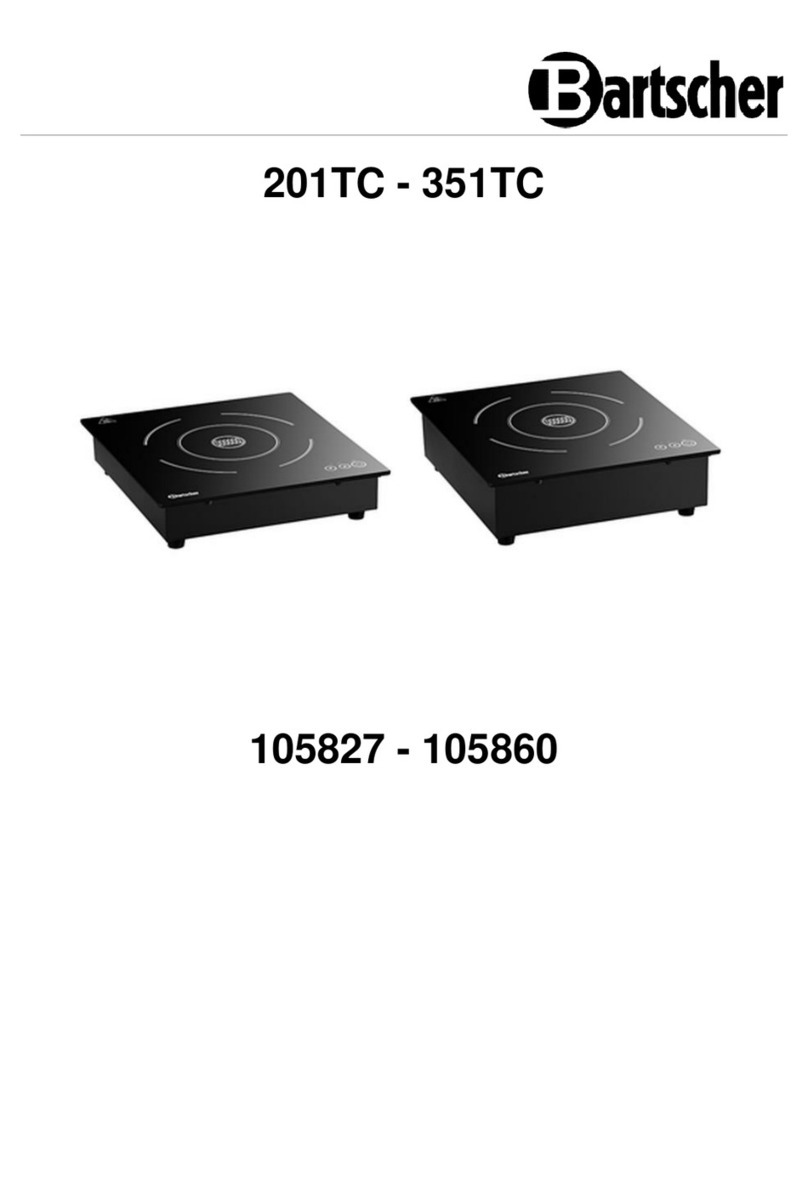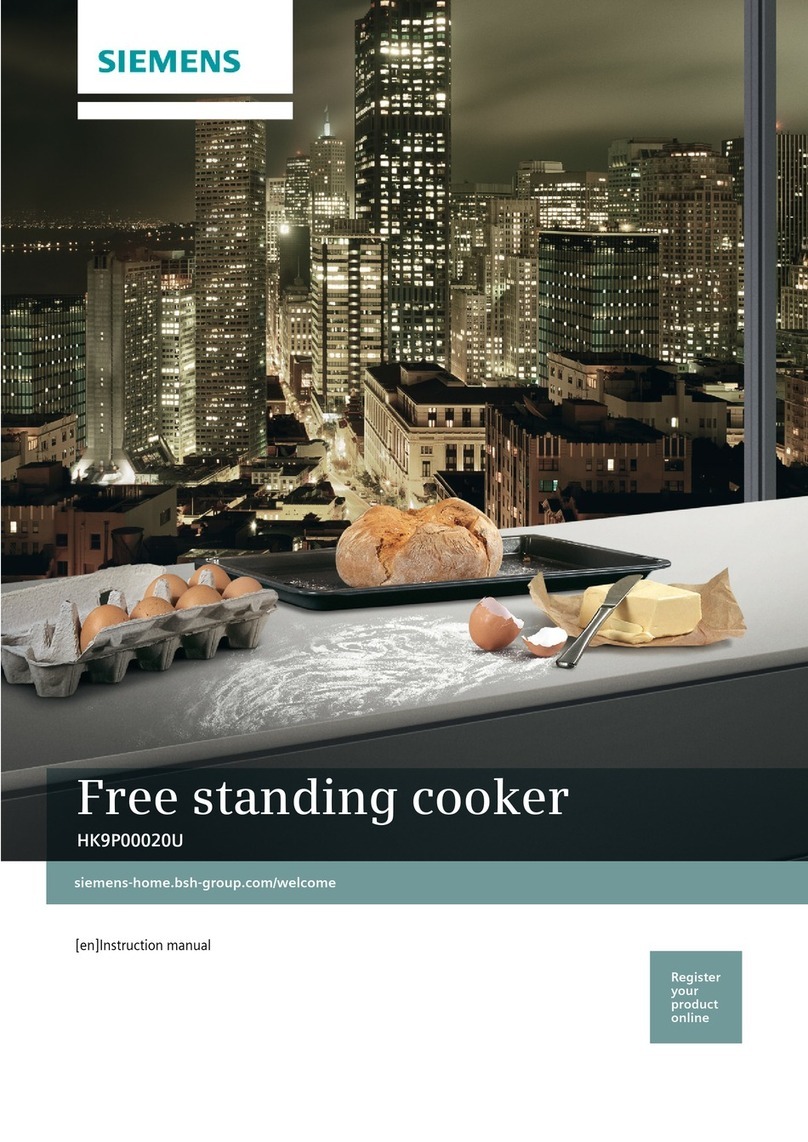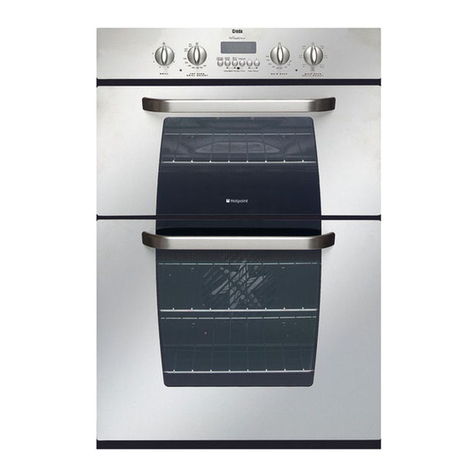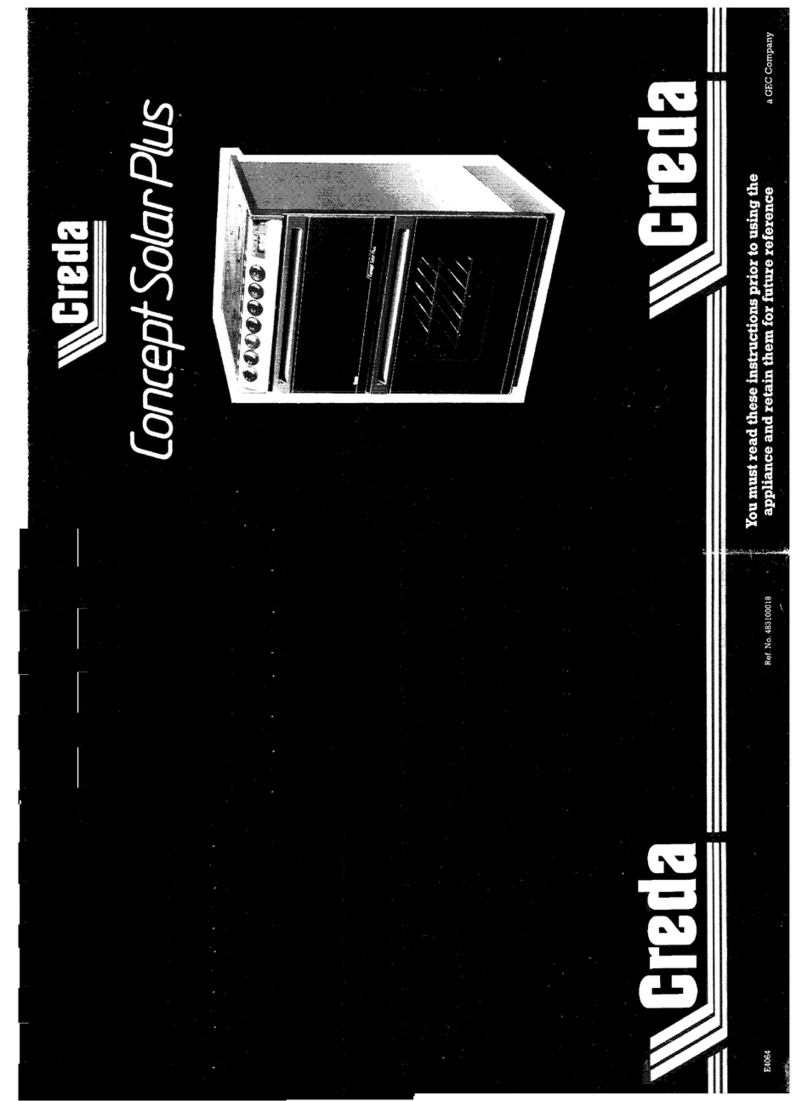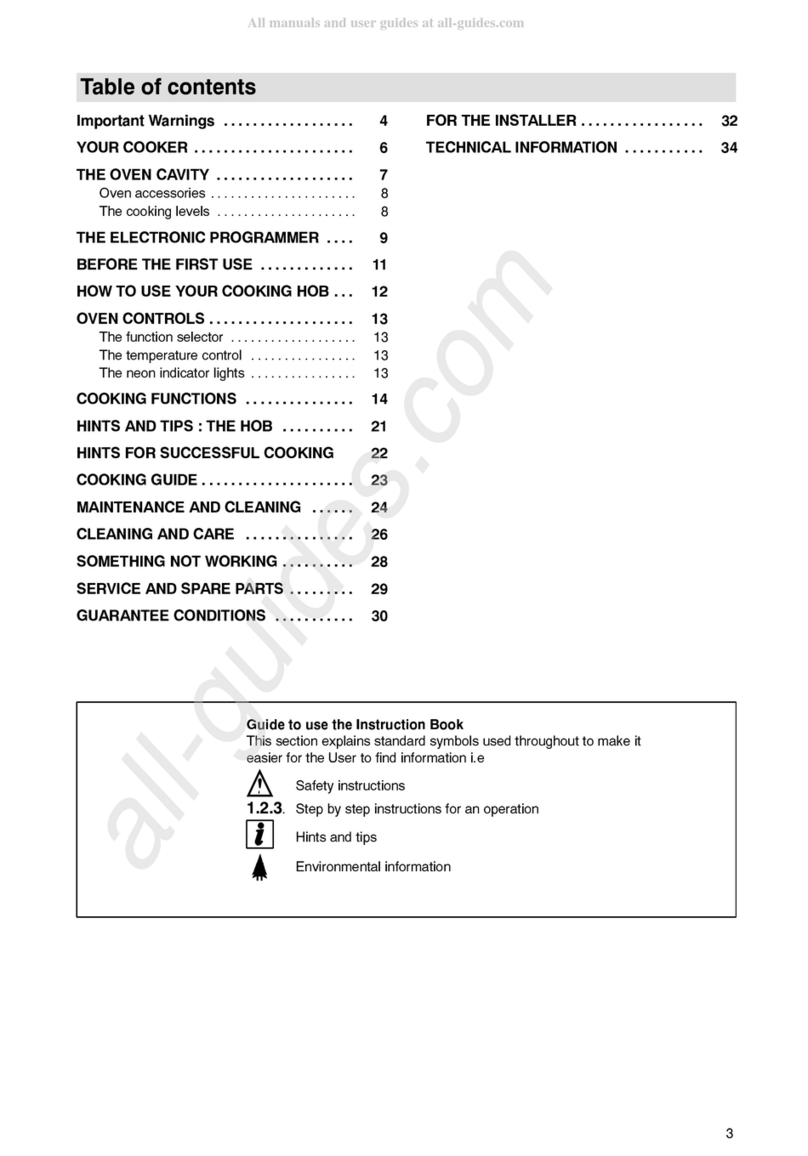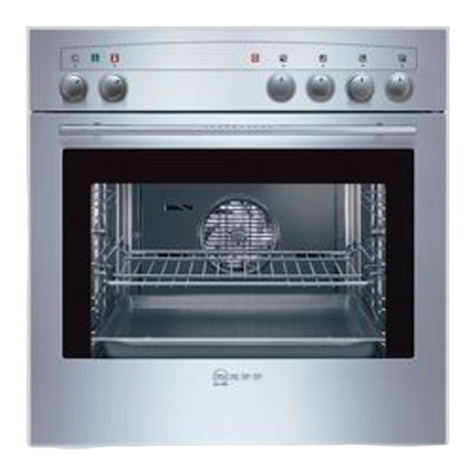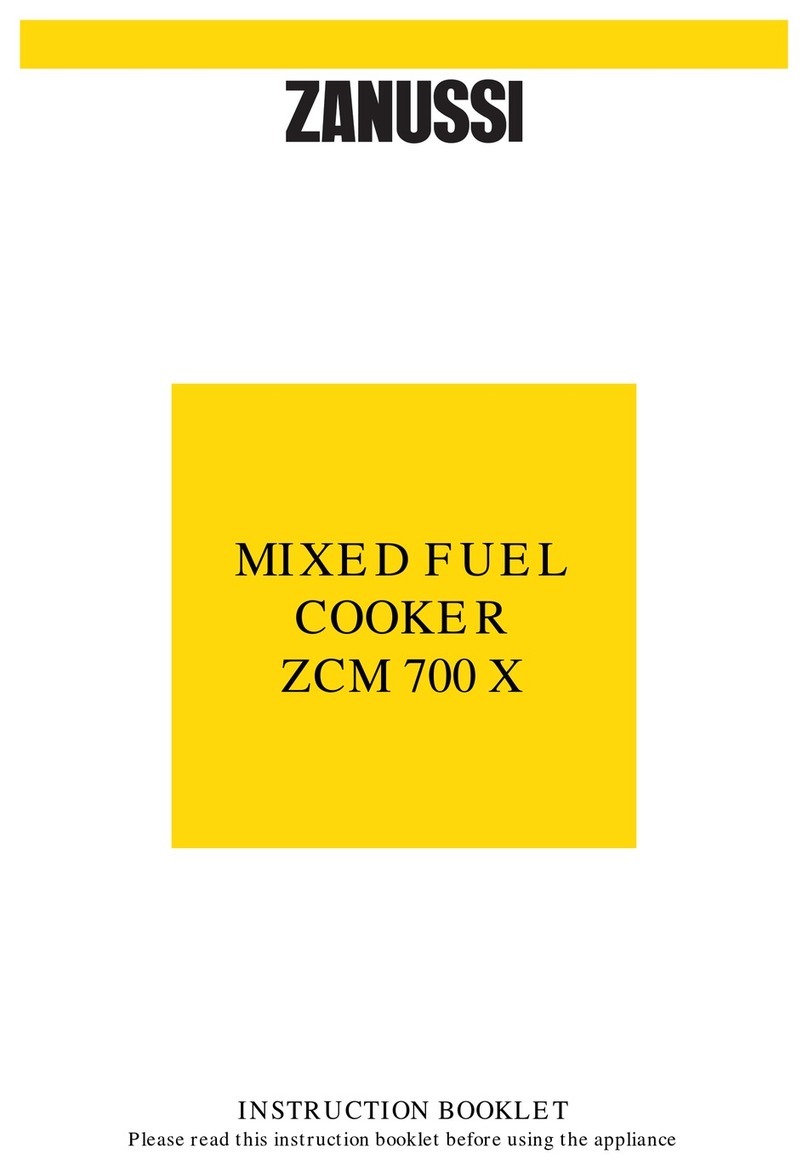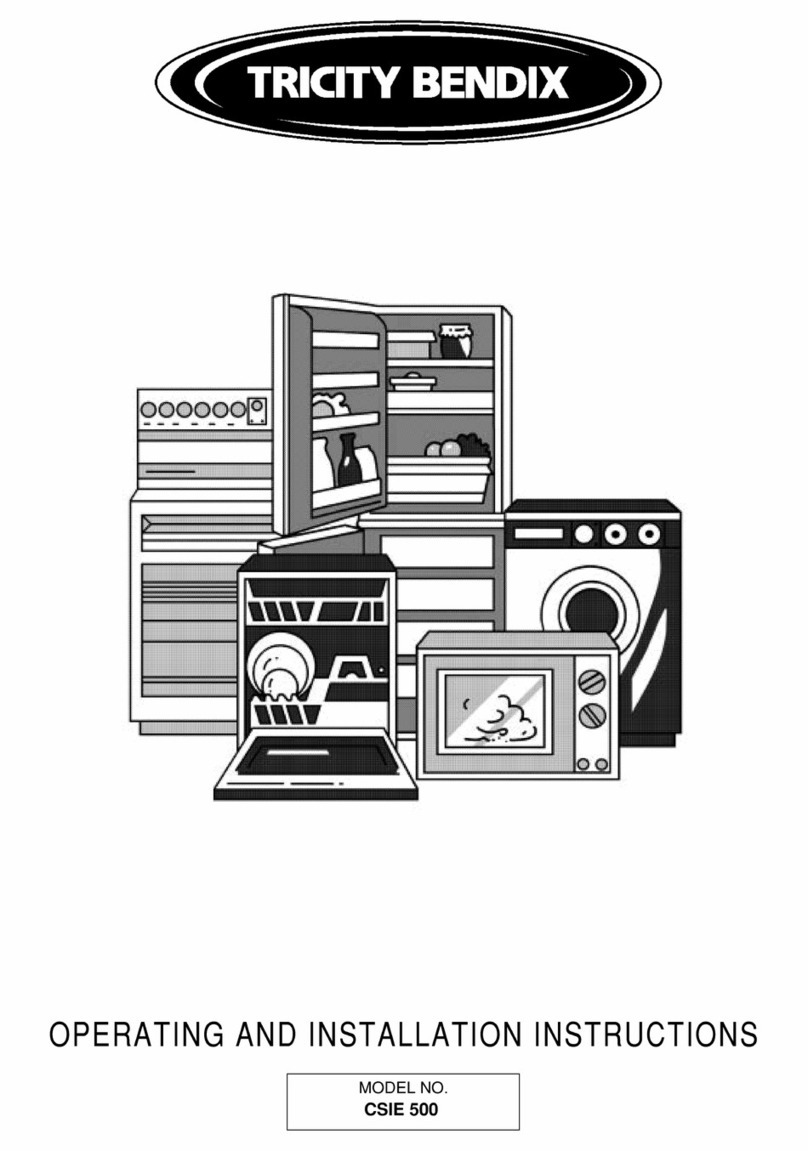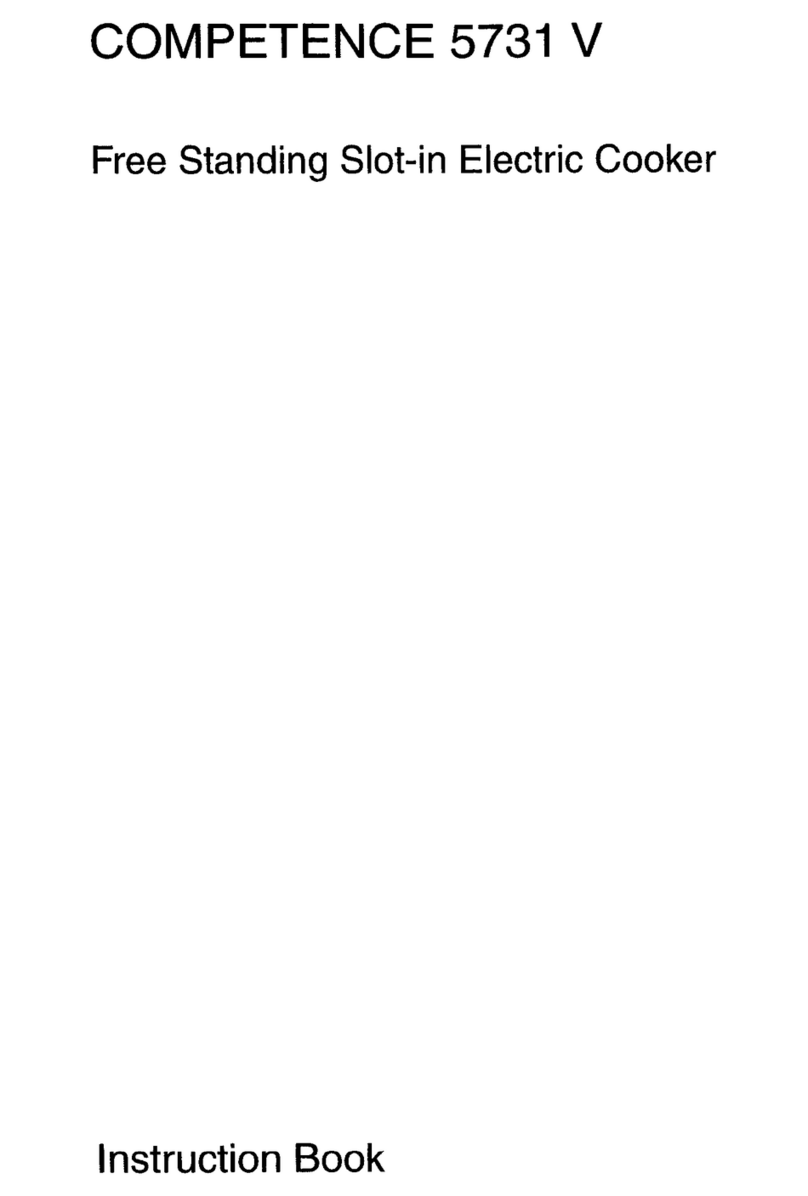
....
?
.$
..2 . .
,.. ,,~,~,~1 ~1,
. .. &~: L..
., ~stand away fmmthe range
when opening‘ovendoor. ‘INN?hot
airor steam which escapescan
causeburnsto hwls, facemMi/
or eyes,
:} Don’t heat Unopenedfood con-
tainersin the oven. Pressurecould
buildUpand the containercould
burstcausingan injury.
oKeep oven vent ducts
unobstructed.
oKeep oven free from grease
build up.
~>Place oven rack in desired posi-
tion while oven is cool. If racks
must be handled when hot, do not
let potholder contact heating units
in the oven.
cPulling out shelf to the shelf
stop is aconvenience in lifting
heavy foods. It is also aprecau-
tion against burns from touching
hot surfaces of the door or oven
walls.
-j When using cooking or
...
roasting bags in oven, follow the
manufacturer’s directions.
~~Do not use your oven to dry
newspapers. If overheated, they
can catch fire.
2-> ..-
%1>~qy+fl! ~:~(j
L.> b., A;L~!. .&:imking LJKaitfx
~S tke Proper Pm-iSize—This
appliance is equipped with one or
more sufidce units of different
size. Select utensils having flat
bottoms large enough to cover the
surface unit heating element. The
use of undersized utensilswill
expose aportion of the heating
element to direct contact and may
result in ignition of clothing.
Proper relationship of utensil
to burner willalso improve
efficiency.
@Never leave surface units
unattended at high heat settings.
Boilover causes smoking and
greasy spillovers that may catch
on fire.
oBe sure drip pans and vent
ducts are not covered and are in
place. Their absence during cook-
ing could damage range parts and
wiring.
QDon’t use aluminum foil to line
drip pans or anywhere in the oven
except as described in this book.
Misuse could result in ashock,
fire hazard, or damage to the
range.
LOOnly certain types of glass,
gJass/ceramic, ceramic, earthen-
ware, or other glazed containers
are suitable for range-top service;
others may break because of the
sudden change in temperature
(See Section on “Surface Cooking”
for suggestions.)
“- To minimi~e burns, ignition of
flammable materials, and spillage;
the handle of acontainer should
be positioned so that it is turned
toward the center of the range
without extending over nearby
surface units.
“Don’t imm.el%eor soak EYN?m3v”
able SW&m?units. Don’t put them
~Ahwys hum surfaceUnitto
OFF before mmroving Wensii.
IQ Keep an eye on foods being
fried at HIGH or MEDIUM
HICJHheats.
@To avoid the pmsimty da
burn or electric shock, always be
certain that the controls for .2311
surfaceunitsmat OFF position
andall coilsarecool before
attemptingto removethe unit.
13 Whenflamingfoods underthe
hood, turnthe fan oft’.me fan, if
opmting, may spreadthe flame.
~Foods for fryingshouldbe as
dryas possible.Frost on frozen
foods or moisture on fresh foods
can cause hot fat to bubble up
.
and over sides of pan.
QUse little fat for effective
shallow or deep-fat frying. Filling
the pan too full of fat can cause
spillovers when food is added.
GIf acombination of oils or fats
will be used in frying, stir together
before heating, or as fats melt
slowly.
oAhvaysheat fat dowdy,and
watch as it heats.
~0 Use deep fat thermometer
whenever possible to prevent over-
heating fat beyond the smoking
point.
inadkhwdm’.

